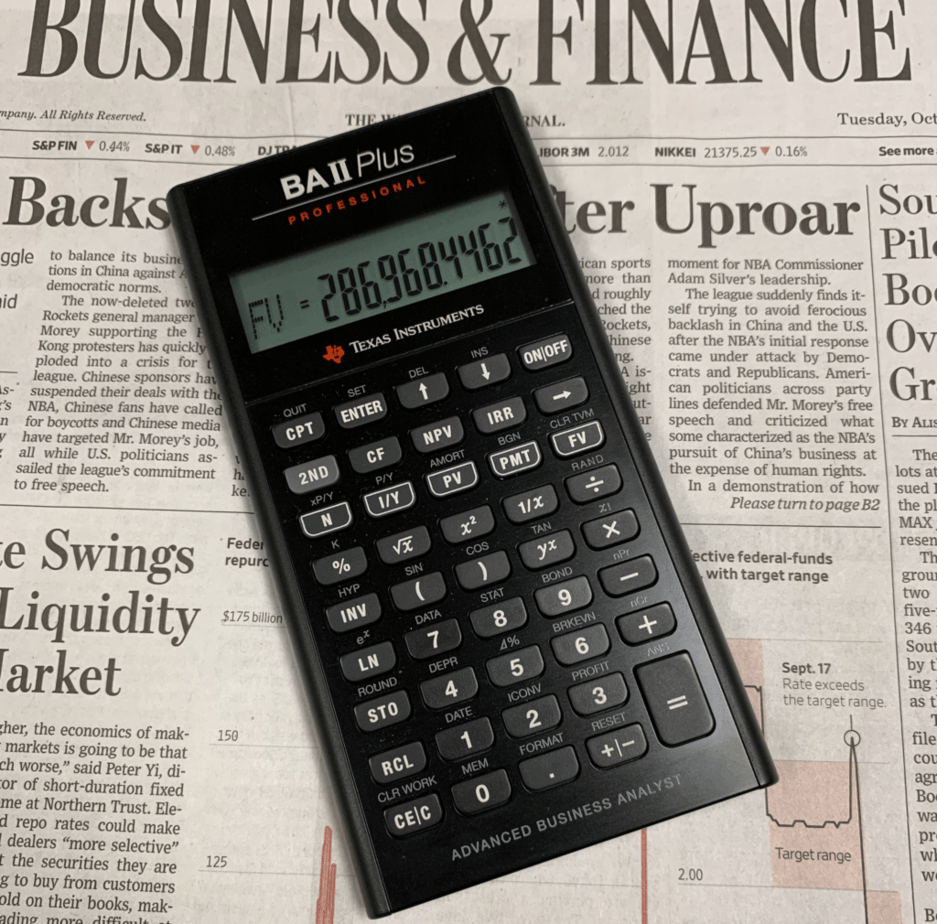10 Year Treasury Yield.
The 10-year U.S. Treasury yield is a pivotal benchmark in global finance, reflecting investor sentiment and influencing various economic sectors. As of January 10, 2025, the yield stands at approximately 4.70%, marking a significant increase over the past year.
Significance and Impact
The 10-year Treasury yield serves as a barometer for long-term interest
rates, affecting mortgage rates, corporate borrowing costs, and investment
decisions. A rising yield often signals expectations of economic growth and
potential inflation, prompting investors to demand higher returns. Conversely,
declining yields may indicate economic uncertainty or a flight to safety among
investors.
Recent Trends and Market Dynamics
In recent months, the 10-year yield has been on an upward trajectory,
nearing levels not seen since late 2023. This rise is attributed to several
factors:
·
Economic Indicators: Strong employment data, such as the December jobs report, has reinforced
expectations of sustained economic growth, contributing to higher yields
.
·
Inflation Concerns: Persistent inflationary pressures have led investors to anticipate
tighter monetary policies, influencing yield movements.
·
Fiscal Policies: Anticipated fiscal measures, including potential tax cuts and increased
government spending, are expected to expand the fiscal deficit, leading to
increased Treasury debt issuance and higher yields
.
Market Reactions and Investor Sentiment
The ascent of the 10-year yield has introduced volatility into equity
markets. A higher yield diminishes the equity risk premium—the additional
return investors expect over risk-free assets—prompting a reassessment of stock
valuations
. Additionally, the options market indicates a positioning for yields to
approach or exceed 5% in the near term, reflecting investor expectations of
further rate increases
.
Implications for Borrowing Costs
Elevated 10-year yields translate to higher borrowing costs for consumers
and businesses. Mortgage rates, which often move in tandem with Treasury
yields, have risen, potentially cooling the housing market. Similarly,
corporations may face increased expenses when issuing debt, affecting capital
expenditure decisions.
Conclusion
The 10-year Treasury yield remains a critical indicator of economic
health and market sentiment. Its recent rise reflects a complex interplay of
robust economic data, inflationary expectations, and fiscal policy
anticipations. Investors and policymakers alike continue to monitor its
movements closely, given their broad implications across financial markets and
the economy.
Recent Developments in 10-Year Treasury Yields
Sinking U.S. equity risk premium rings alarms: McGeever
Investors are on edge as Friday's jobs report could make or break the stock-market rally











0 Comments